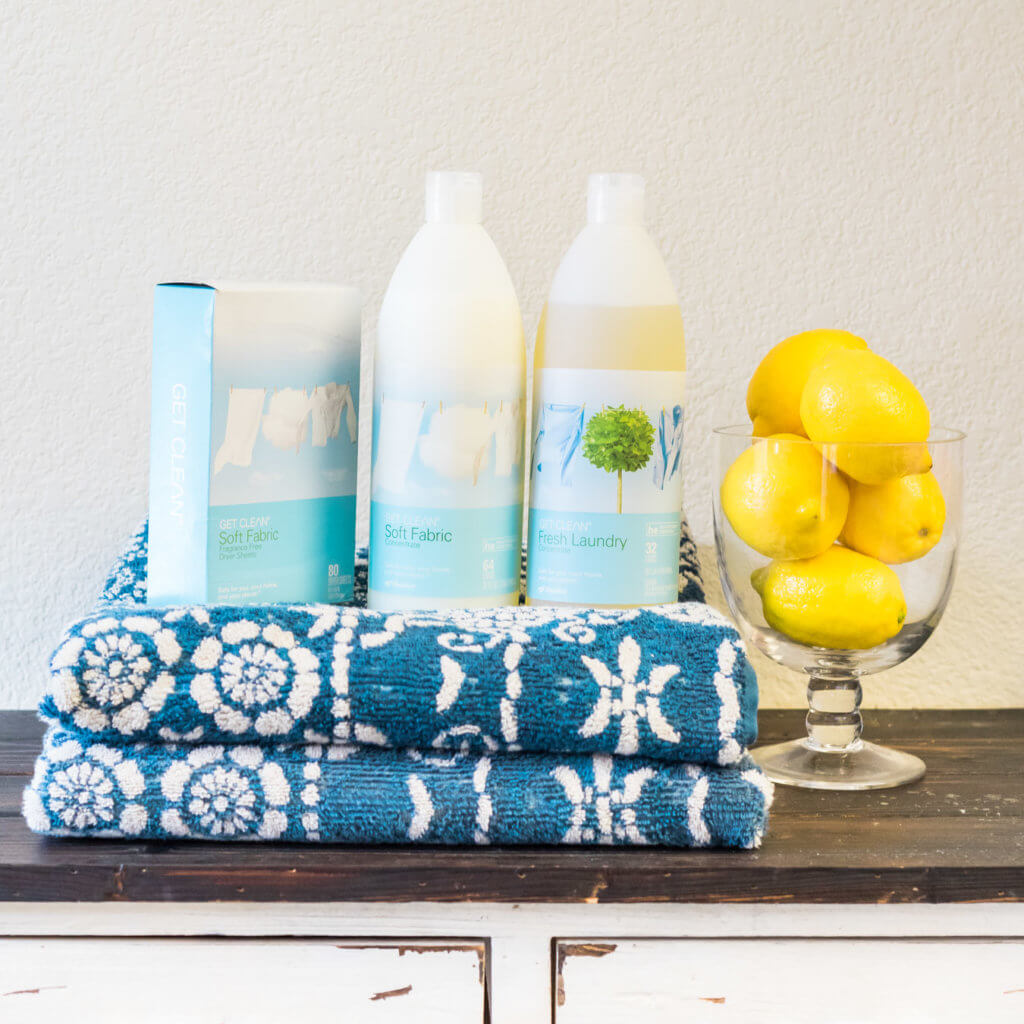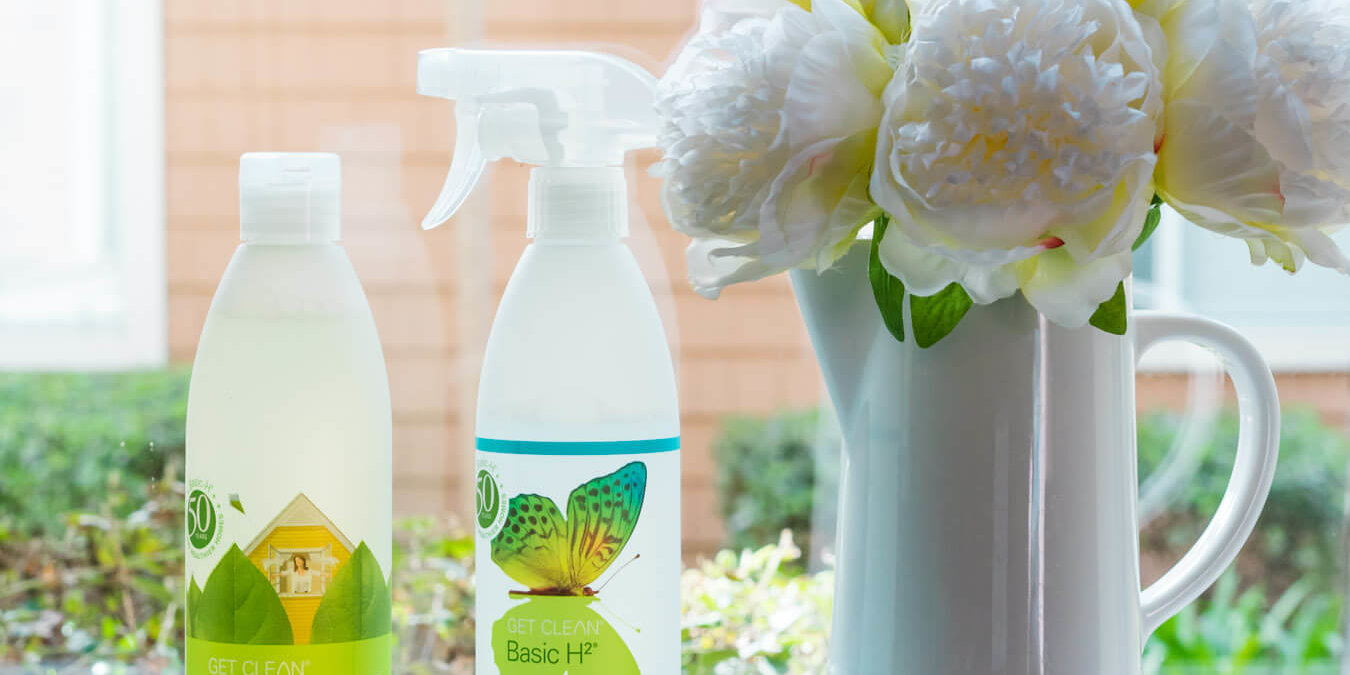 It’s shocking how “dirty” some household cleaners can actually be. Some cleaning products contain phosphates, nitrates, chlorine bleach, ammonia, or formaldehyde, chemicals that are potentially toxic and can produce harmful fumes—presenting a danger to your home and our planet. A large European multicenter study showed that regular use of cleaning sprays over a 20 year period was associated with a more rapid decline in lung function.* With over 80,000 chemicals in widespread commercial use and many making their way into cleaning products (often without being tested first), it makes sense to switch out your current cleaning products for green alternatives.
It’s shocking how “dirty” some household cleaners can actually be. Some cleaning products contain phosphates, nitrates, chlorine bleach, ammonia, or formaldehyde, chemicals that are potentially toxic and can produce harmful fumes—presenting a danger to your home and our planet. A large European multicenter study showed that regular use of cleaning sprays over a 20 year period was associated with a more rapid decline in lung function.* With over 80,000 chemicals in widespread commercial use and many making their way into cleaning products (often without being tested first), it makes sense to switch out your current cleaning products for green alternatives.
What is green cleaning?
Green cleaning means choosing cleaning solutions that keep your health and the environment in mind. We’re talking about products that clean your house without leaving behind toxic chemicals, and multi-use products that can be diluted and used in different applications to cut back on packaging and waste. The good news? There are green cleaning solutions out there for every cleaning need: dishwashing, laundry, tile countertops, hardwood floors, and more.
But do green cleaners actually work?
Green cleaners have come a long way from just baking soda, vinegar, and lemons, and “natural” doesn’t need to mean “delicate.” A good green cleaning product will be tough on dirt and grime while still being gentle on the environment. A good example is the Get Clean® line.
It’s time to go green!
If a clean home and a clean Earth are important to you, then there’s no better reason to switch to green cleaners. It’s time to go green and start making your home the safest place for your family.
*Svanes, Oistein, et al. “Long Term Effect of Cleaning on Lung Function Decline among Women in the ECRHS Study.” European Respiratory Society, European Respiratory Society, 1 Sept. 2016, erj.ersjournals.com/content/48/suppl_60/OA455.






